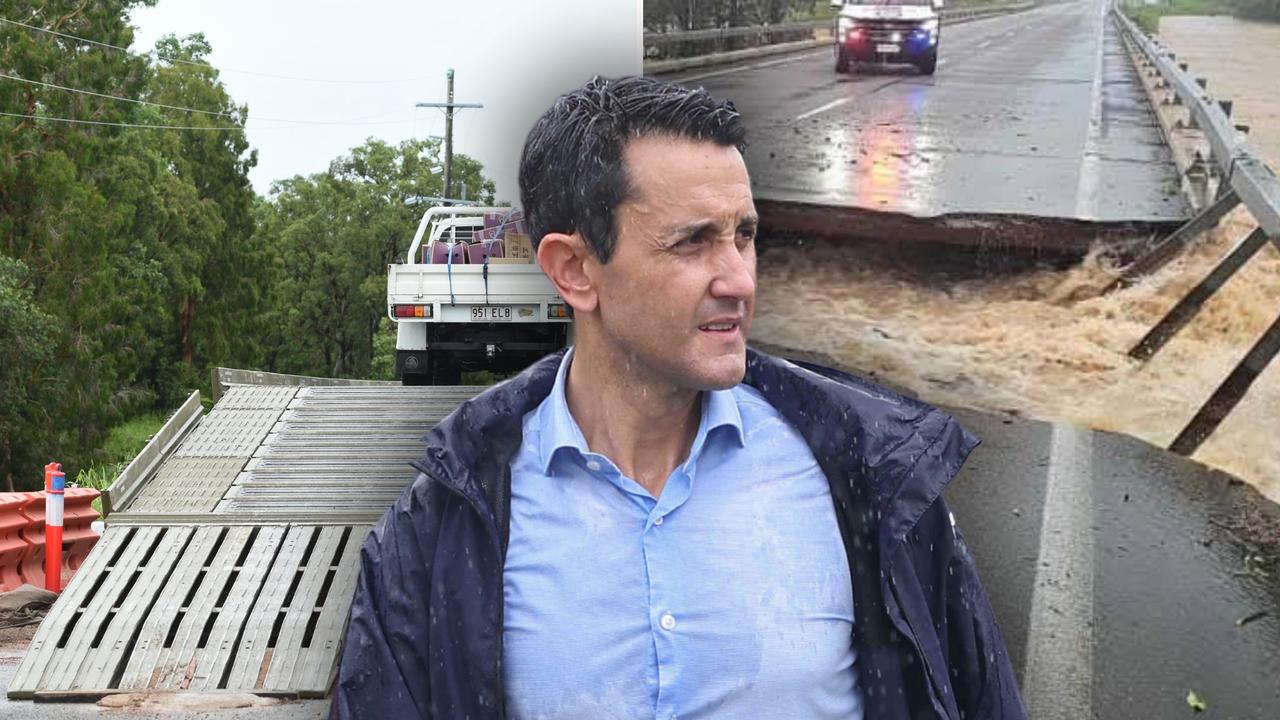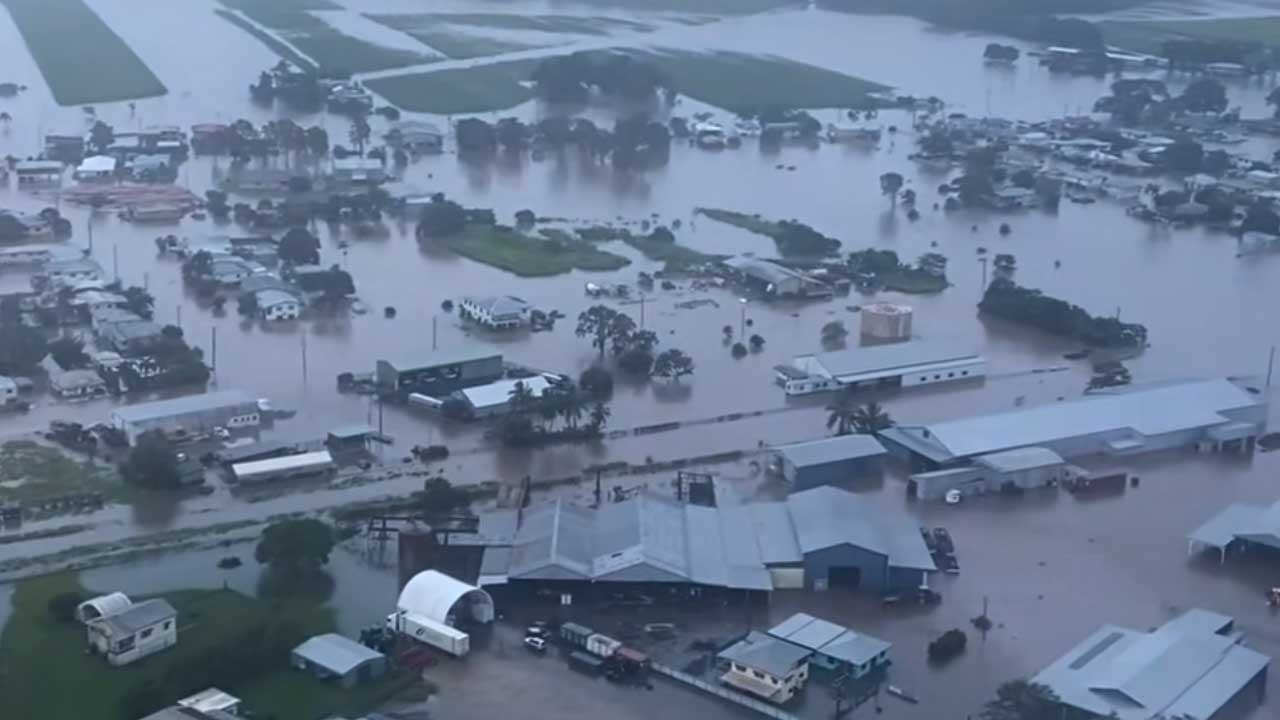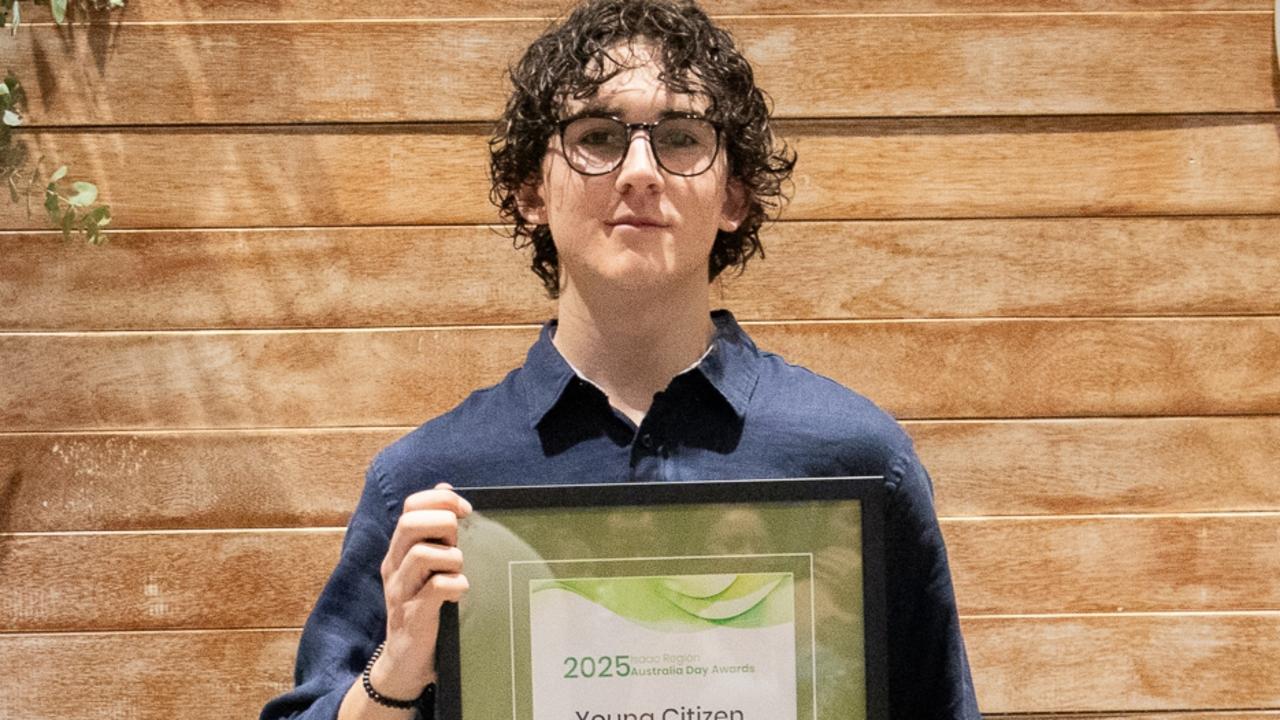Locking up youth criminals is not the answer - opinion
“The judges need to lock up the juvenile criminals more”. This is a common sentiment I hear or read regarding our youth crime crisis but it is not the answer to our problem, writes Kerri-Anne Mesner.
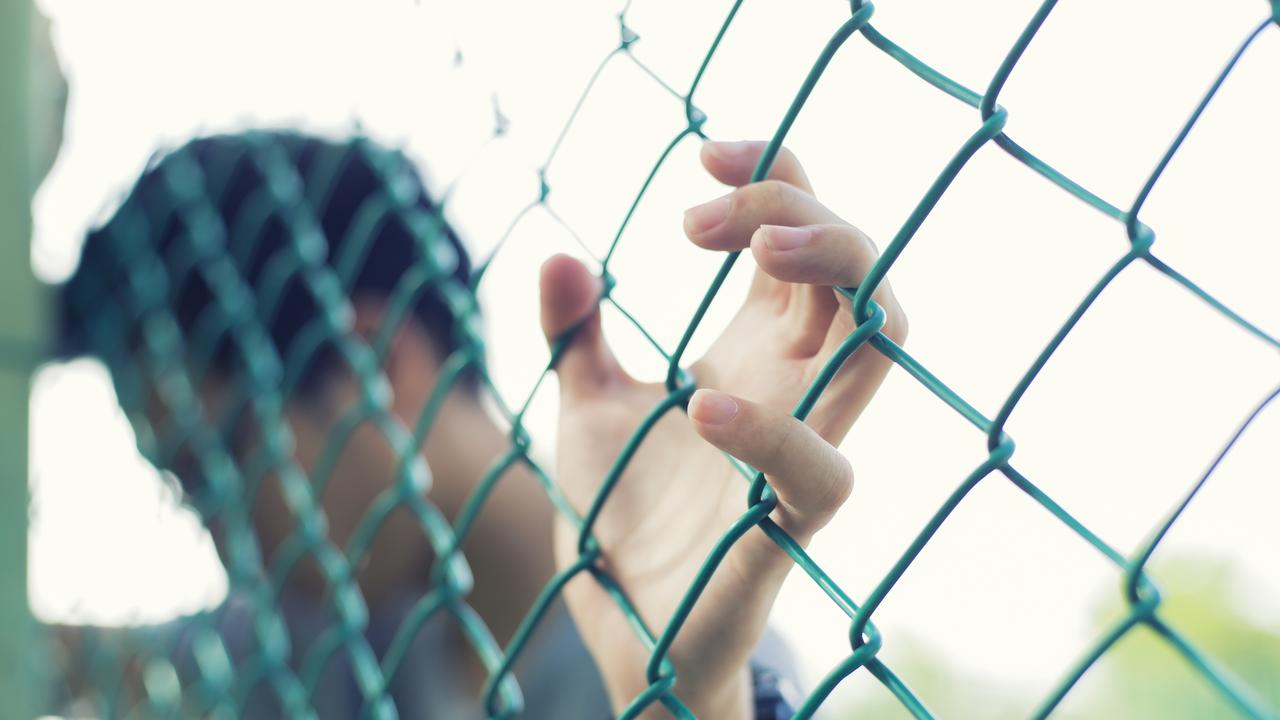
Rockhampton
Don't miss out on the headlines from Rockhampton. Followed categories will be added to My News.
“The judges need to lock up the juvenile criminals more”.
This is a common sentiment from the average Queenslander frustrated at the youth crime crisis.
But it’s not the answer to the state’s problem.
In fact, it could possibly see a rise in juveniles committing crimes, as one magistrate pointed out to a 20-year court reporter colleague of mine - they want to be locked up to escape the violence and neglect at home.
In detention, they are fed, kept warm or cool, educated, medicated and supervised.
But many come from homes and families where the cycle of intergenerational abuse has yet to be broken.
Queensland Law Society President Chloé Kopilović said the government’s tough stance on youth crime does not address the real issue.
“Locking up children will not stop crime. It has been proven that after a child’s first interaction with the youth justice system they are more likely to reoffend. Further to this, the longer a child spends in custody, the more likely they are to be pipelined into the adult criminal justice system. And this is no place for them to be.”
I’ve been a journalist for 19 years - nine of those as a political reporter and the past six as a court reporter.
I also have two bachelor’s degrees - in journalism and psychology - and worked throughout Queensland, South Australia, Victoria, New South Wales and the Australian Capital Territory.
Through my court reporting, I have observed a lot of issues that need to be addressed to help reduce crime and the number of juvenile offenders.
Through my psychology studies, I have come to understand what the research to date shows about how these kids reach points in life where they think detention centres are a better/safer place to be.
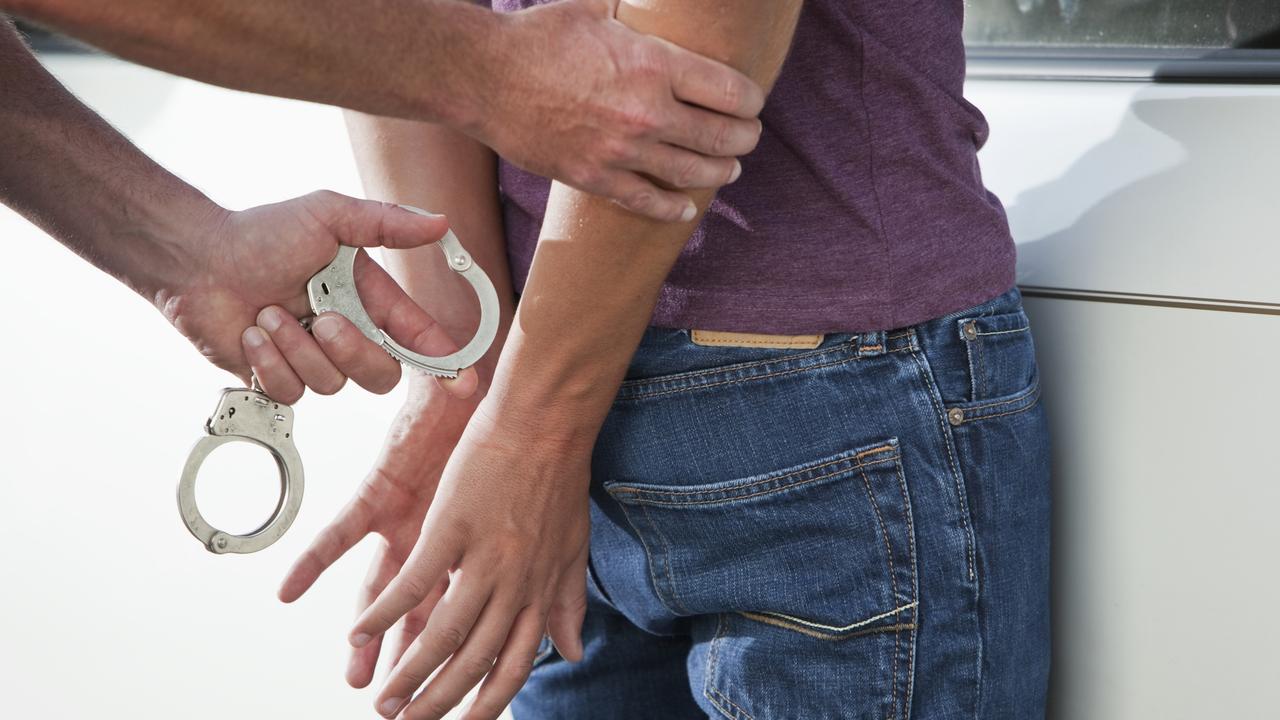
Here are 12 observations I have made combined with some of the latest research:
1. One child safety lawyer told a court the accommodation options provided to a juvenile offender, who the department had taken out of the mother’s care due to her lifestyle/people living with her, were all rejected by the child. The child said they wanted to go back to where their siblings were living - with his mother.
2. Parents and children are not penalised for breaching orders where children have been removed from parental care by the department of child safety who get court orders to do so - as per what was heard on May 31, 2023, child sentence in Rockhampton District Court:
“An order was made to remove him from his mother’s care for a very good reason,” Judge Jeff Clarke said.
“The court has made an order for a reason, not for him to self place where he wants to be placed, but to actually receive the assistance of the department.
“I really don’t understand that when people are in contempt of orders that nothing is done about it in that jurisdiction. It’s troubled me for years.”
3. It is the policy in Queensland for children in the custody of the state to be first placed with “kin”, whether that be a grandparent or a fifth cousin. That means they could still be in an environment linked to the cycle of abuse the child has been experiencing at home.
4. Sometimes charges laid by the arresting officer do not necessarily reflect the crime. For instance, $200,000 damage caused to a Gracemere business when one offender, and co accused believed to be underage, was not reflected in the charge and facts laid out by police with one of the accused pleading guilty hours before police could obtain a statement outlining the amount of damage caused by the criminals.
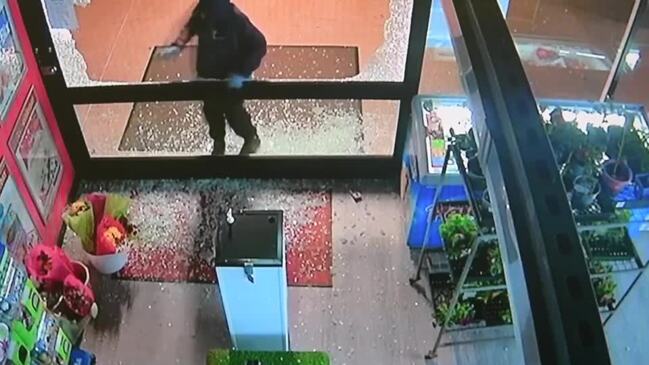
5. Even when offenders don’t plead guilty on their first court and the rare occasion they are sentenced in the District Court, there are still no quotes provided to show the court the damage caused by offenders. Magistrates’ and judges’ decisions on what penalties should be can be influenced by what the cost of the damage was, just as they do from victim impact statements, if provided.
6. Many criminals don’t have the financial capacity to pay back the damage they have caused to individuals and businesses. While they can’t pay it back, the magistrates and judges will also take this into consideration and sometimes still order compensation as offenders can request it be paid back by them doing community service.
7. Magistrates and judges are restricted in what sentences they can hand down. The restrictions start with State Government ordered legislation on sentencing, plus the Court of Appeal decisions on cases similar to those before the presiding magistrate or judge. Another restriction can be what charge the police have laid. A dangerous operation of a motor vehicle can be dealt with in a magistrates as its maximum penalty is three years prison. However, add “under the influence of a substance” and/or “causing grievous bodily harm or death” will see it committed to the district court for sentence. There is also a charge of vehicular homicide which has a maximum penalty of life in prison.
8. Scientific papers on this subject show Adverse Childhood Experiences (ACEs) have a strong presence among children who commit crimes. If you want to know more about ACEs, there is an expert who talks about it in the Thriving Minds podcast run by Neuroscientist and Queensland University of Technology’s Professor Selena Bartlett - episode 114.
9. Young offenders living in rural communities such as Woorabinda do not have access to vital services to help steer them away from a life of crime. For example, Frank George, who was sentenced in Rockhampton Magistrates Court on June 13, 2023, is on a NDIS agreement and has ‘high needs’, but has no external support at Woorabinda except for a Youth Justice worker.
10. Child safety and youth justice workers cannot force children to attend school. This was revealed in court when Judge Jeff Clarke found out a low IQ juvenile offender had absconded from school. He was told the state employees can only “encourage” the child to go to school.
11. Some kids are not only provided drugs and alcohol by their parents, one mother forced her child to do drugs with her on his birthday and he later attempted to murder two people.
12. Juvenile offenders posting photographs and videos of themselves on social media with stolen cars, stolen cash and other stolen property are just feeding the problem. Police prosecutor Clancy Fox outlined this during a submission on penalty for a car thief recently. “These posts encourage others, incite others and increase the likelihood of other property offences being committed,” he said.
In the words of Thomas More:“For if you suffer your people to be ill-educated, and their manners corrupted from their infancy, and then punish them for those crimes to which their first education disposed them, what else is to be concluded from this, but that you first make thieves and then punish them.”
More Coverage
Originally published as Locking up youth criminals is not the answer - opinion




